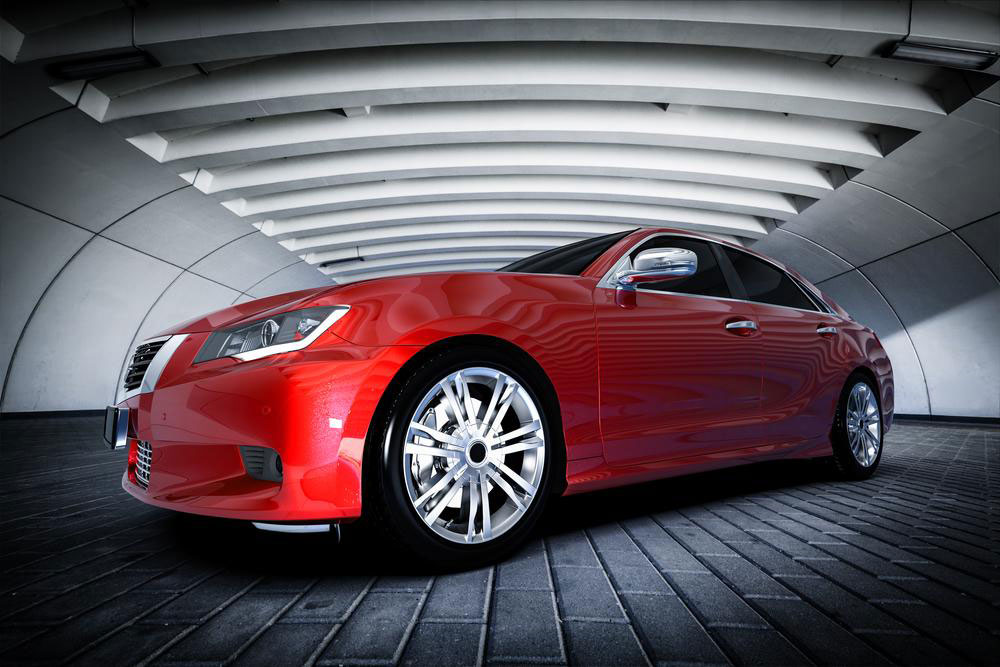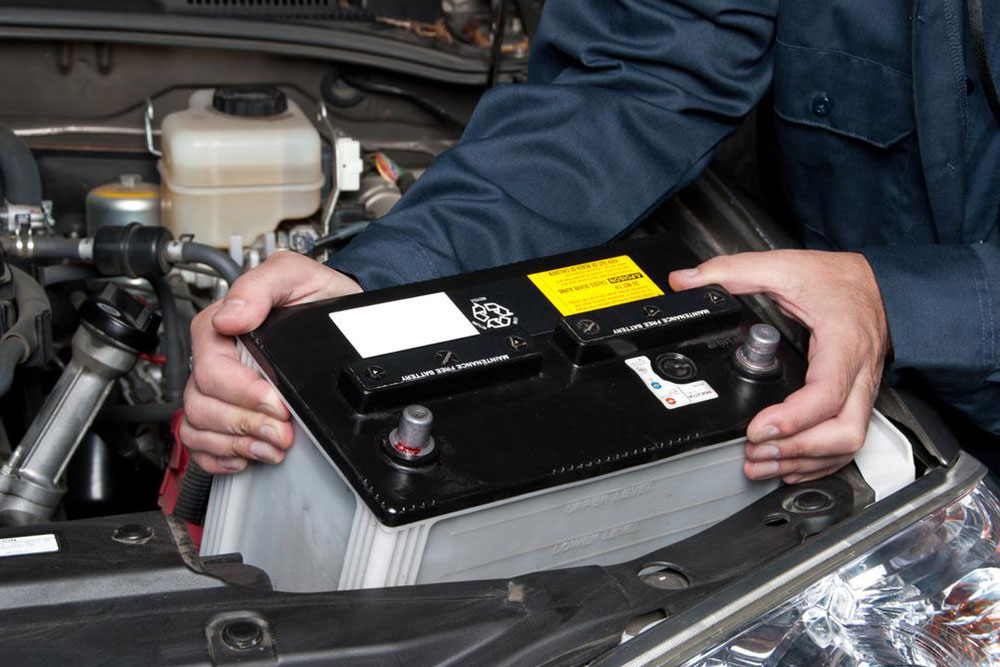The Ultimate Roadmap for Buying Certified Pre-Owned Vehicles: A Comprehensive Guide
Explore a detailed, step-by-step guide to buying certified pre-owned vehicles. From exterior checks to engine diagnostics and test drives, learn how to evaluate a used car thoroughly to ensure a smart and reliable purchase. Gain insights into inspection points, maintenance records, and safety features to make an informed decision. This comprehensive article aims to help car buyers avoid pitfalls and find high-quality pre-owned vehicles that meet their needs and budget. Perfect for first-time buyers or anyone seeking peace of mind in their vehicle investment.

In-Depth Checklist for Purchasing Certified Pre-Owned Cars
Buying a trusted used vehicle can be a smart financial decision, especially when you prioritize quality and reliability. However, the process requires careful planning and thorough inspection to ensure you are making a wise investment. Whether you're a first-time car buyer or an experienced vehicle owner looking for a reliable pre-owned car, understanding what to look for is essential. This comprehensive guide provides detailed insights into the critical steps you need to follow before sealing the deal with a dealership.
While conducting research online or in person is crucial, knowing specific inspection points and understanding the vehicle’s condition will help you avoid costly surprises later. From exterior checks to engine diagnostics and test driving, this step-by-step checklist will empower you to evaluate a used vehicle confidently.
Begin your inspection by thoroughly examining the vehicle’s exterior. Look for scratches, dents, or rust spots that may indicate prior damage or poor maintenance. Open all doors—including the trunk and hood—and check for smooth operation, unusual noises, or resistance, which could signal mechanical issues.
Pay special attention to the tires, as they play a critical role in vehicle safety. Ensure all tires are from the same manufacturer and display similar tread wear patterns. This consistency indicates proper maintenance history, including rotations and alignments. Check the tire pressure and tread depth, as these factors affect handling and fuel efficiency.
Assess the vehicle’s lighting system by turning on headlights, brake lights, turn signals, and interior lights. Properly functioning lighting is essential for safety during night driving and adverse weather conditions.
Shift your focus to the interior. Smell the cabin for any unusual odors such as mold, coolant, or oil leaks, which might suggest underlying mechanical problems. Check the condition of the seats, dashboard, and electronic controls—buttons, touchscreen, and climate controls—to ensure they operate correctly and respond swiftly.
If the vehicle is equipped with a sunroof or moonroof, test its ability to open and close smoothly. Inspect the door seals and window mechanisms for proper function and leakage prevention. Under the hood, examine belts, hoses, radiator components, and fluid levels. Look for signs of leaks, corrosion, or worn parts that could threaten engine performance or require costly repairs.
Finally, schedule a test drive to assess ride quality, steering responsiveness, and braking performance. During the drive, listen for unusual sounds, vibrations, or sluggish responses. Confirm that the vehicle accelerates smoothly, shifts gears seamlessly, and handles confidently across different road conditions.
Completing this comprehensive inspection before finalizing your purchase will significantly increase the likelihood of acquiring a reliable, high-quality pre-owned car that aligns with your lifestyle and budget. Remember to review the vehicle’s maintenance records, history reports, and warranty options to make a fully informed decision. Investing time in these steps will save you money and stress in the long run, ultimately guiding you toward a smart, satisfying vehicle purchase.




